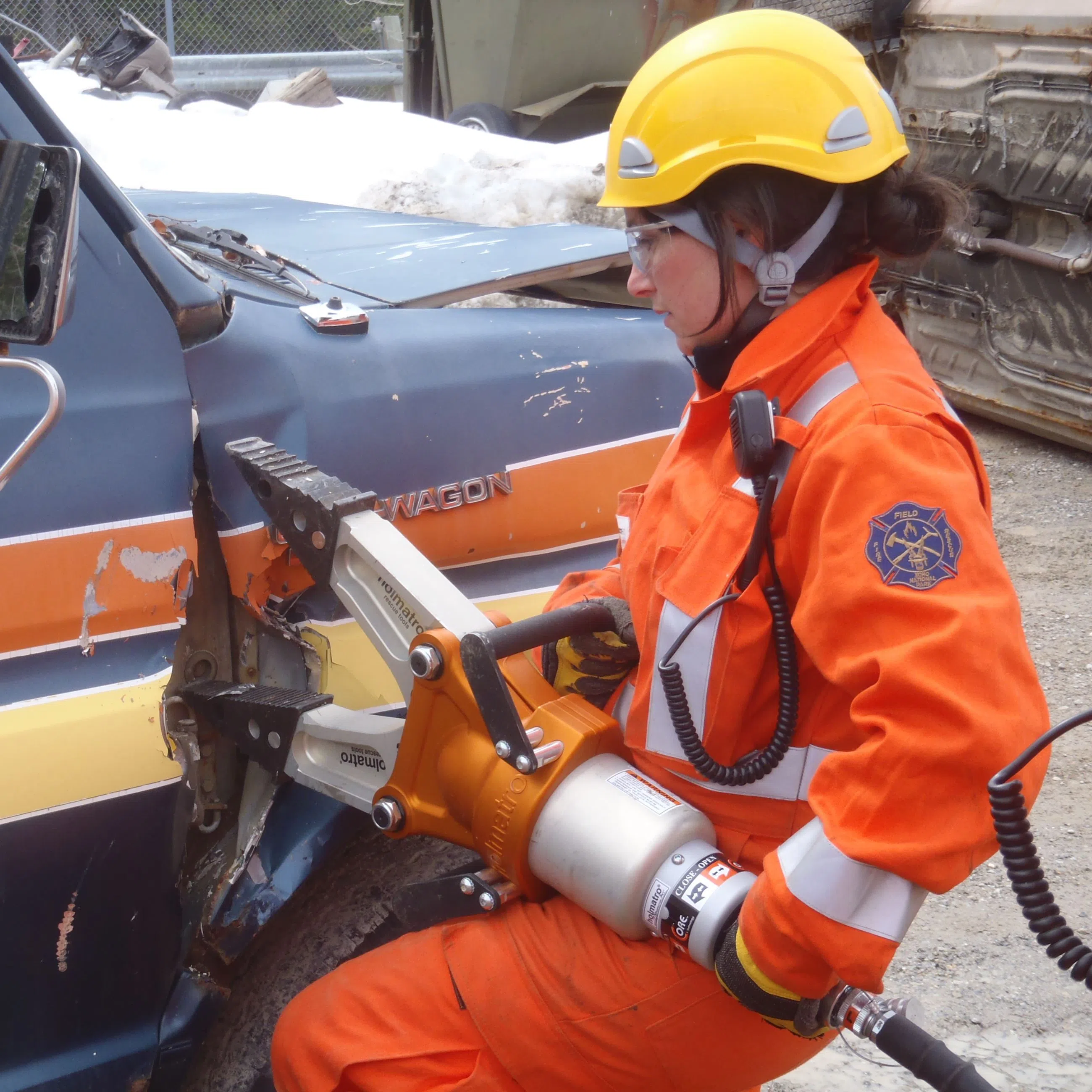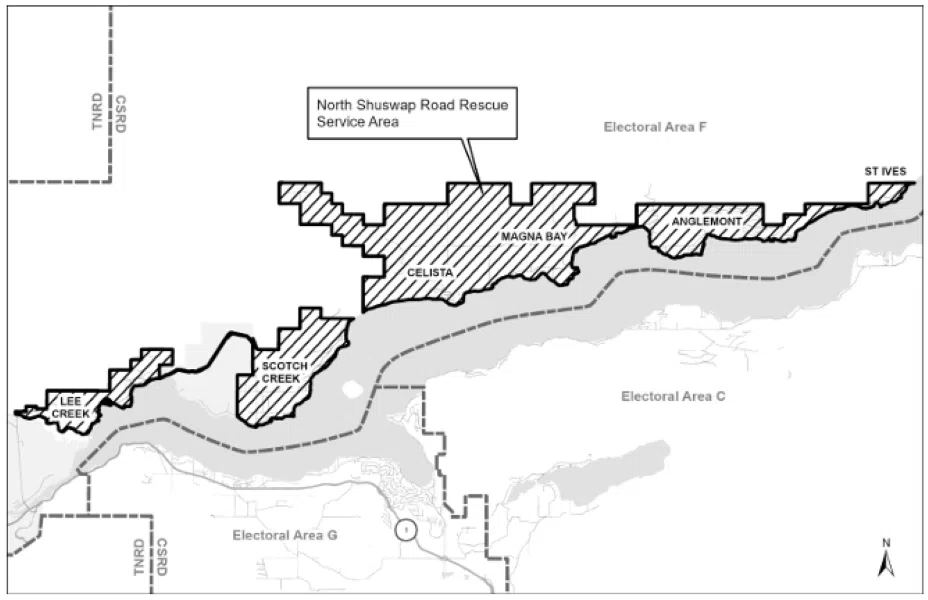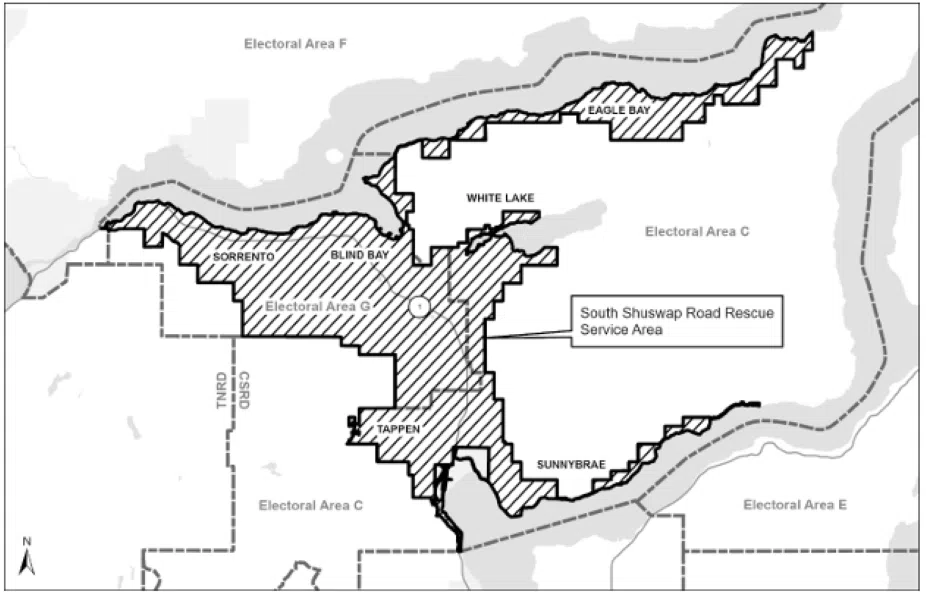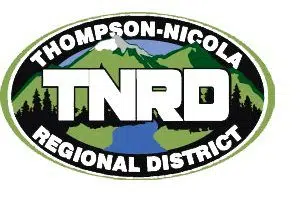
Photo courtesy of the CSRD
Taxpayers in three different areas of the Columbia Shuswap Regional District are now being asked to decide whether the “Jaws of Life” will be readily available should you get into a bad crash along the TransCanada east of Kamloops, the Highway 97 corridor or heading along the north end of Shuswap Lake.
An Alternative Approval Process (AAP) has been launched by the CSRD to gage the level of interest among property owners, who are being asked to foot-the-bill for local fire departments to acquire various pieces of rescue equipment and the training to use it.
The process is underway in the CSRD’s Electoral Areas C and G (South Shuswap), as well as the North Shuswap and the Falkland area.
Local fire departments in the region, most of them volunteer, have not been funded and equipped with the tools needed to help extract someone from a major crash along the area highways and roads east of Kamloops through the Shuswap, as well as on Highway 97 to and from Kelowna.
“Because there’s a number of our areas that are under-serviced by road rescue, fire departments from outside of our area are coming into our area to provide that service,” Derek Sutherland, head of Community and Protective Services with the CSRD told Radio NL. “But they are quite a distance away from the Columbia Shuswap Regional District and our specific areas.”
Sutherland says the lack of local coverage has been debated in these areas for at least the last decade.
It finally became a big enough debate to put to the local taxpayers a few years ago.
“A 2022 feasibility study into the CSRD providing road rescue service identified gap areas in the North Shuswap, South Shuswap and the Falkland area of Area D. It was determined by the board that they’d like to see our fire departments providing that service in those gap areas,” noted Sutherland. “Currently, there’s really good service provided in other areas by different service providers, whether that be a specific road rescue society like here in Salmon Arm and Sicamous, or if it’s a fire department that provides a service like in Revelstoke or in Golden.”
- Proposed road rescue service area through the North Shuswap area/via CSRD
- Map of proposed road rescue service area through Falkland/via CSRD
- Proposed road rescue service area through the South Shuswap/via CSRD
Added service will be costly, particularly for Falkland area
While travelers through these areas would undoubtedly appreciate the expectation of a quicker response should they be involved in a serious crash, the financial ask of local property owners to pay for that piece of mind isn’t exactly cheap.
According to analysis put out by the Regional District, property owners in the region would be asked to absorb a sizeable one-time hit on their local taxes, particularly in the Falkland area, where the average property owner could expect to see anywhere from $200 to $235 extra be added to their annual CSRD tax bill.
While significantly lower, South Shuswap property owners would be asked to absorb a one-time hit anywhere from $20 to $52, while those living in the North Shuswap would have to set aside an extra $29 to $52 for their taxes that year.
Sutherland argues the first-year costs will come down afterward.
“The initial year of service is going to be the most expensive part of the service,” said Sutherland. “We’re going to have to buy the equipment, we’re going to have to train the members.”
Sutherland concedes the one-time hit doesn’t mean that tax increase isn’t going to completely disappear when the following year’s tax notification arrives.
“The costs are projected to drop by about 40-50% in subsequent years,” said Sutherland.
A further analysis by the CSRD suggests that property owners in the Falkland area will have to continue paying an extra $67 per year on their taxes to maintain road rescue services through their region along the Highway 97 corridor.
The annual price-tag for the North and South Shuswap regions comes in at a much lower $10 per year.
While those in the Falkland area do face the biggest financial hit, those living there also have the lowest threshold to potentially shut down the process.
Only 99 eligible voters living in the CSRD’s Area D need to submit a form to hit the 10% mark needed for the brake-lights to go on.
272 in the North Shuswap need to say no, while 753 in the South Shuswap need to formally object.
If that happens, the CSRD Board will then have to decide whether it wants to move forward with a full referendum in the areas which rejected the proposal, re-tool the proposals or put them back on the shelf completely.
Those who want to oppose the program have until 4pm on June 30th get their AAP forms into the CSRD headquarters, which is recommending emailed submissions and drop-offs, given the uncertainty surrounding Canada Post mail in the days, and possibly weeks, ahead.
–With files from Paul James


















